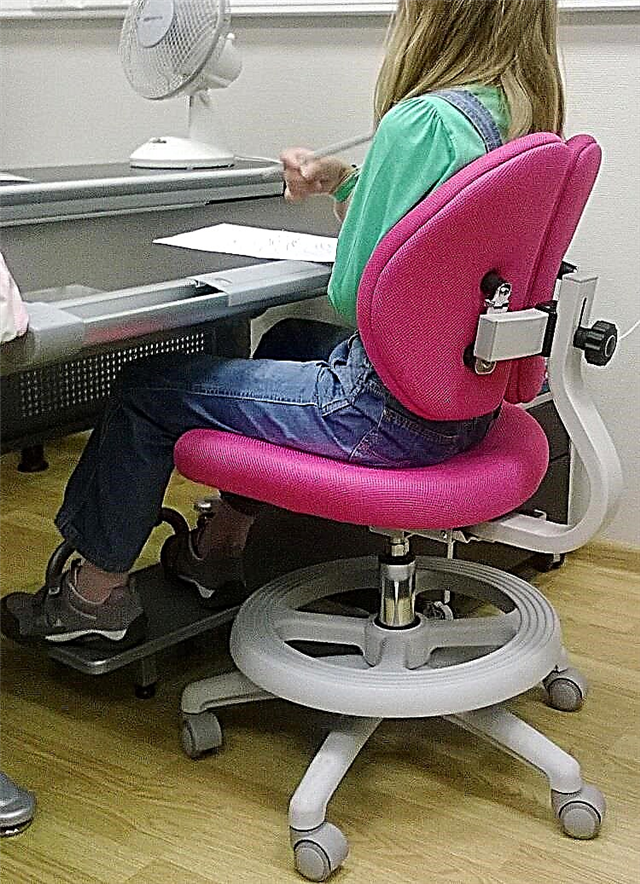
"Cefotaxime" is a popular antibacterial drug, since it has a fairly wide range of effects on various infectious agents. It belongs to cephalosporin antibiotics and represents the third generation of such drugs. Due to its rapid destruction in the digestive tract, it is released only in injectable form. The medication is in demand in the treatment of adults with otitis media, sinusitis, urethritis and other diseases, and is also widely used in pediatrics.

Release form
Cefotaxime is manufactured by many pharmaceutical companies from Russia, India, Belarus and China. Sometimes the name of a medicine contains an abbreviation or an additional word that indicates the manufacturer, for example, "Cefotaxim-Vial" is a product of the Russian company "Vial", "Cefotaxim-LEKSVM" - of the "Protek-SVM" company, and "Cefotaxim-Promed" is produced by the Indian company "Promed Exports". However, all of these drugs are similar, as they include the same ingredient and are presented in the same dosage form.
The drug is an odorless powder placed in transparent glass bottles sealed with rubber stoppers. It is usually white in color, but there may be a slight yellowish tinge. Powder vials can be sold individually or in packs of 5 and 10 vials. Some manufacturers additionally place a solvent in the box - ampoules of 5 ml of a transparent solution.


Composition
The main and only ingredient in the medicine is also called cefotaxime. It is in powder in the form of sodium salt. The dosage of such a substance in one bottle in terms of anhydrous cefotaxime is 500 mg or 1 g (some manufacturers also have 250 mg bottles). There are no other components in the preparation.
Sterile water acts as a solvent for "Cefotaxime", which is sometimes found in packaging together with bottles of powder.

Operating principle
The drug is capable of destroying many types of harmful bacteria, since under the action of cefotaxime, the processes of wall synthesis in microbial cells are disrupted, as a result of which the pathogen dies. Injections are effective against different types of staphylococcus, escherichia, enterobacter, streptococcus, moraxella, klebsiella, neisseria and many other microorganisms. However, some clostridia, listeria, bacteroids, enterococci and pseudomonads are resistant to them. "Cefotaxime" does not work on viruses, fungi and protozoa either.

Indications
The reason for prescribing "Cefotaxime" for a child is:
- pneumonia, bronchitis, or other bacterial infection in the airways;
- acute otitis media;
- sinusitis or other sinusitis;
- an infection of the urinary system;
- bacterial damage to soft tissues and skin (including burns and wounds);
- meningitis;
- peritonitis;
- osteomyelitis;
- endocarditis;
- other infectious diseases.

The medication can also be prescribed prophylactically if the patient has to undergo surgery, for example, on the intestines or kidneys. Sometimes ENT doctors prescribe to drip such an antibiotic into the nose (for purulent adenoiditis, sinusitis or rhinitis), but most experts consider this use of the drug unjustified, since there are more effective and safe local remedies.

At what age is it prescribed?
"Cefotaxime" can be prescribed to children from birth, but intramuscular injections of such an antibiotic using "Lidocaine" as a solvent are contraindicated up to 2.5 years. With regard to intravenous injections, they are allowed at any age, but newborns are prescribed with extreme caution.


Contraindications
The drug should not be used in children with intolerance to cefotaxime or any other cephalosporin antibiotic. In case of an allergic reaction to penicillins or carbapenems, such a medication is used under the supervision of a physician, since a cross reaction is possible. Caution in the treatment of "Cefotaxime" is also required by children with ulcerative colitis or serious kidney disease.

Side effects
Some young patients react to pricks with an allergic reaction. This can be hives, itchy skin, bronchospasm, increased levels of eosinophils in the blood, fever, or another manifestation of allergies. In the treatment of "Cefotaxime", there are also negative symptoms from the gastrointestinal tract, for example, constipation, abdominal pain, nausea, flatulence or diarrhea. In addition, the drug can provoke colitis, jaundice, dysbiosis or candidiasis.
Occasionally, after the administration of the drug, headaches, kidney problems, a decrease in the number of blood cells, arrhythmias and other problems appear.

Instructions for use
The drug can be administered both intravenously and intramuscularly. Before use, the powder is diluted with sterile water (for intravenous injections), a solution of glucose or sodium chloride (for intravenous droppers), "Lidocaine" or "Novocaine" (for intramuscular injections). For jet injections into a vein, take 4 ml of water per 1 g of powder, for drip infusion - 40-100 ml of liquid per 1-2 g of medication, and for injection into muscle tissue, 4 ml of anesthetic is diluted per 1 g of cefotaxime.
The choice of dose, route of administration and frequency of injections are influenced by the severity of the infectious disease and the condition of the sick child. For newborns, the drug is prescribed at 50 mg / kg per day - this amount of antibiotic is divided into 2-4 injections. If the course of the infection is severe, the daily dosage may increase to 150-200 mg per 1 kg.
Children older than 1 month to 12 years of age (if their weight is less than 50 kg) "Cefotaxime" is prescribed at the rate of 100-150 mg / kg. This daily dose is divided into two to four injections. Patients over 12 years old with a weight above 50 kg, depending on the disease, are prescribed two to three injections per day, 1-2 grams of cefotaxime. The medication is administered every 8-12 hours and, if necessary, its dosage is increased. The duration of the course of treatment is determined individually, but usually it is 7-10 days.

Overdose
An overdose of "Cefotaxime" can provoke seizures, brain damage, neuromuscular excitability or tremors.
Since there is no antidote to such an antibiotic, symptomatic treatment is used in case of an overdose.

Drug interaction
If you combine the injections of "Cefotaxime" with treatment with non-steroidal anti-inflammatory drugs or antiplatelet drugs, it will increase the risk of bleeding. When administered with some diuretics and any aminoglycosides, the negative effect on the kidneys increases. When used with drugs that block canalic secretion, the concentration of cefotaxime in the plasma will increase, and its excretion will slow down, which threatens to increase adverse reactions.

Terms of sale and storage
"Cefotaxime" is classified as a prescription drug, so a doctor's examination is required before purchasing such a drug. The price of the medicine is influenced by the manufacturing company, the dosage of the antibiotic and the number of bottles in the box. On average, one bottle costs 20-30 rubles.
It is necessary to store sealed bottles at home at temperatures up to 25 degrees Celsius, placing the medicine in a place hidden from small children. The shelf life of the powder is 2 years.
The prepared solution can be stored in the refrigerator for no longer than 12 hours, but it is better to prepare fresh for the next injection.


Reviews
Most of the reviews about "Cefotaxime" confirm the high effectiveness of this antibiotic. According to the parents, the medication quickly helped with bronchitis, pyelonephritis, pneumonia, sore throat, sinusitis and other diseases. The advantages of the medication also include its availability in pharmacies and an acceptable cost. The drug is often well tolerated, but sometimes there are complaints of a negative effect on the digestive tract, allergies or other side effects.
In addition, the lack of other dosage forms and the severe pain of injections are called the minus of the drug. There are also reviews in which they note the lack of a therapeutic effect if the pathogen is found to be insensitive.


Analogs
If it becomes necessary to replace “Cefotaxime” with an analogue containing the same active compound, the doctor will prescribe “Claforan”, “Cefosin”, “Liforan”, “Cefantral”, “Cetax” or another medicine based on sodium cefotaxime. All of them are also presented in powder bottles containing 250, 500 or 1000 mg of an antibiotic in one bottle. They are prescribed with the same indications and in the same dosages.
Instead of Cefotaxime, other cephalosporins can also be used, which also represent the 3rd generation of such antibiotics, for example, Ixim Lupine, Suprax, Pancef, Tsedex or Ceftriaxone. Among them there are medicines in the form of injections and tablets, as well as medicines in the form of granules, which are more convenient for use in childhood, which must be diluted to obtain a suspension.


For information on how to correctly place an intramuscular injection for a child, see the next video.



